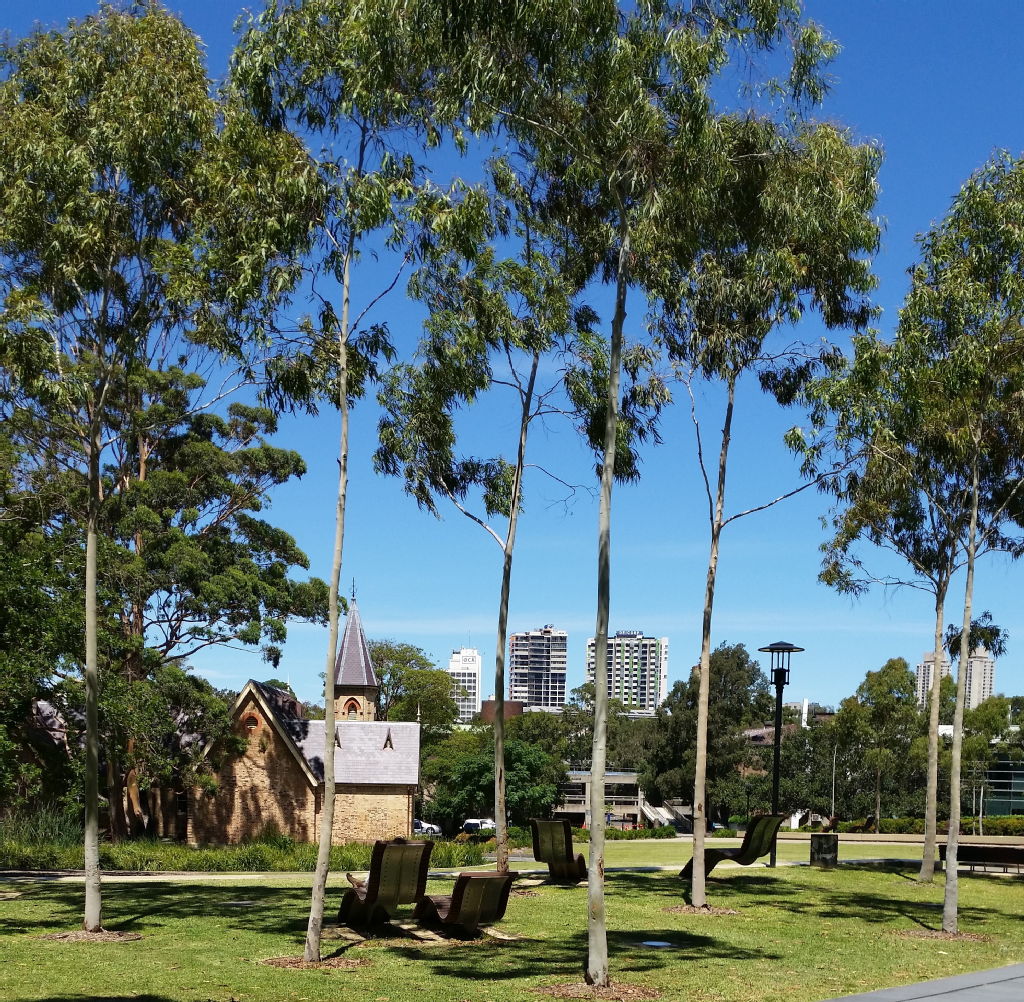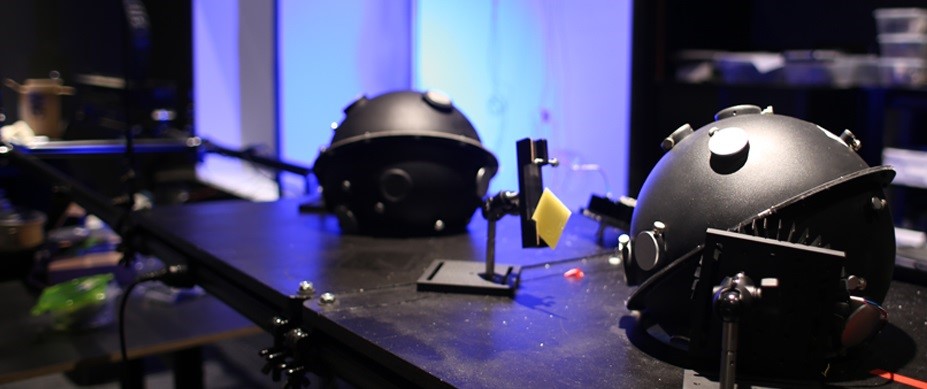Architectural & Design Science
The University of Sydney, Thursday 7th January 2015

The visit to the department of Architectural & Design Science at the University of Sydney included visits to the Sustainable Design and Illumination Design research groups. There are aspects of these disciplines which relate to automotive evaluations under ambient light such as daylighting studies and methods within the built environment and innovative lighting technologies.
An example is daylighting assessments for classrooms and offices. These are performed to design artificial lighting to augment the natural light entering the room from windows and sky lights. They also consider the detrimental effects of natural light such as direct light through the window and glare from surfaces which may cause discomfort, and the effect on readability of display surfaces (such as whiteboards and computer monitors). The similarities to automotive evaluations becomes increasingly evident if the vehicle is considered to be a ‘building’ and the cockpit as a ‘room’. The main difference between assessing the interior for the effects ambient light, compared to a room in a building, is that the vehicle moves and light enters the space from all directions through the windows and possibly through a sun-roof.
Sustainable Design
Sustainable Design in architecture looks at designing specifically for the function of a space and the quality of the environment for the users/occupants. This incorporates the material selection, thermal performance, acoustics/audio, daylighting and the energy usage of the building.
Francesco Fiorito is a researcher and lecturer in architectural technology, with a background in Building Construction research and lecturing in Building Components Design. His research interests encompass structural and façade engineering, energy modelling of buildings and innovative building technologies and materials. His current research is focussed on the application of technologies and ‘smart materials’ to windows (such as fenestration systems and photovoltachromic materials) to improve the visual comfort and energy efficiency of buildings.
The discussion with Francesco focused on the modelling and simulations to be generated with measurements of in-vehicle display reflections under dynamic skies taken during the international placement. There are similarities to Francesco’s own modelling which is based on simulations of calibrated rooms, where measurements are taken and statistical models compiled from the data using DaySim and Radiance. These methods are used to model the quality of light in a room through the simulation of glazing materials with different transmittance properties.
Illumination Design

The Illumination Design lab is completely black, including all of the fixtures and fittings. It is kitted out with high work benches that can be moved to suit the work being done, rails running along the ceiling to mount measuring equipment and light sources, and racking and cupboards along the walls filled with lighting technologies. The lab was created by Dr Wendy Davis, an Associate Professor and director of Illumination Design.
Wendy’s research is focused on innovative applications of emerging lighting technologies such as LEDs and lasers. Her work also considers the properties of light and light sources that correspond to human visual perception especially its colour characteristics.
The design of a physical test environment comparable to real daylight conditions requires the investigation of different lighting technologies capable of achieving daylight qualities (e.g. spectra, colour and luminance) and the trade-off between each property. The tour of Wendy’s lab and the discussions on lighting technology were an inspiration for the direction of these investigations. In particular, the use of integrating spheres to mix light to the appropriate spectrum for a specific application.
